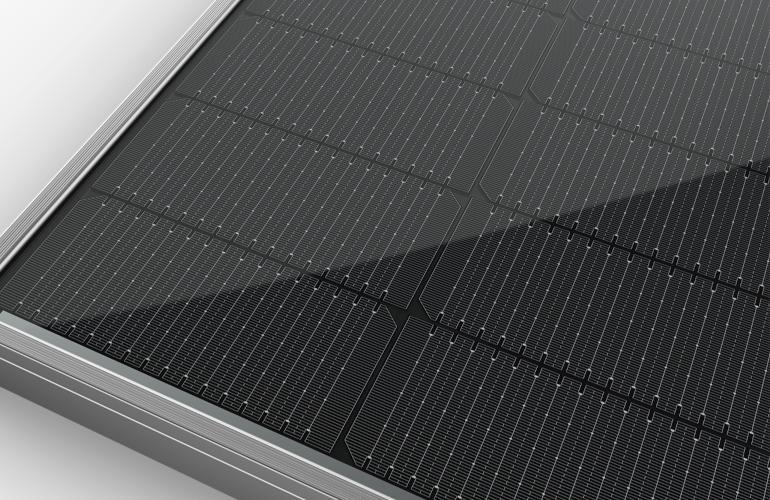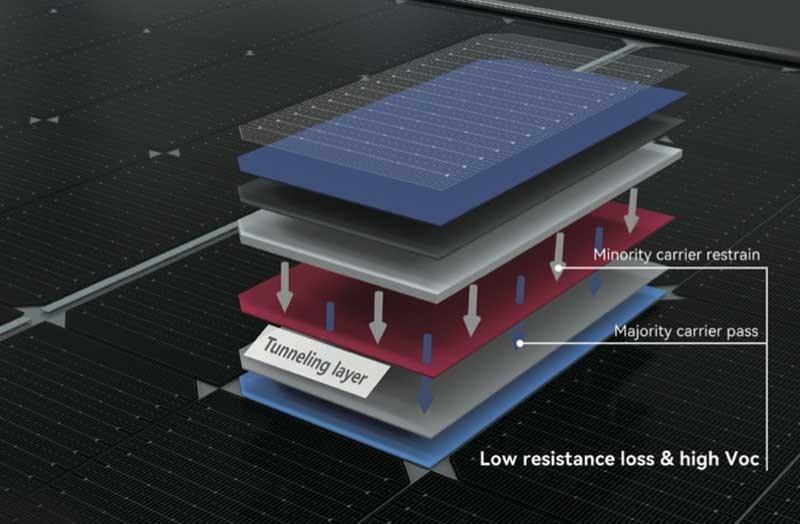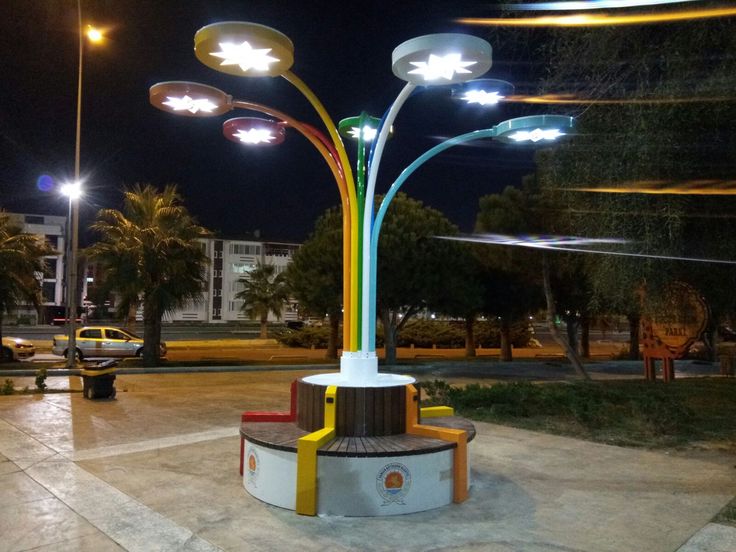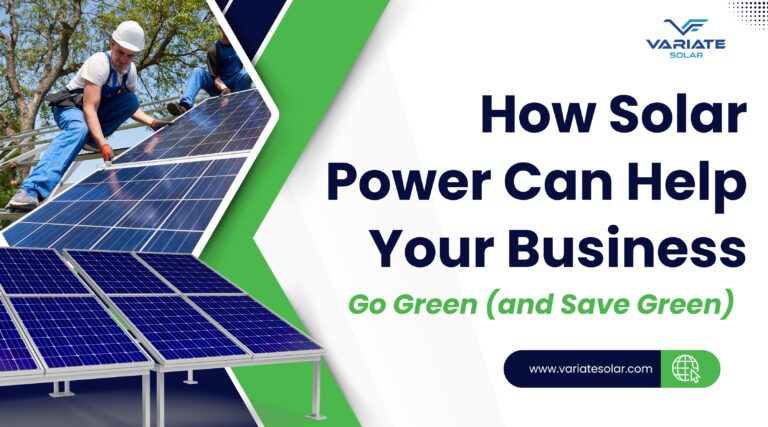The Comprehensive Handbook of Topcon Technologies
As we know, there are numerous cell technology types competing in the market. Since PERC cells have hit their limits, manufacturers are searching for new options that would allow them to achieve higher efficiencies. One of the popular cell technologies that is gaining market share is TOPCON technology. Let’s examine the subject in more detail in this post.
(Topcon Technology)
What is TOPCON technology?
The N-type cells are home to Topcon technology. A silicon wafer is used to create P-type and N-type solar cells. In order to increase the production of electricity, the silicon wafer is coated with chemicals; the substance used to dope the wafer determines whether it is N-type or P-type. P-type cells have phosphorus doping, whereas N-type cells have boron doping. The benefit of phosphorus over boron is that phosphorus is not susceptible to oxygen-induced deterioration, whereas boron can. Phosphorus doping also boosts efficiency by introducing free electrons into the wafer.
There are four subtypes of N-type cells: PERT, Topcon, HJT, and IBC. For the most part, Topcon cells are average. Although they initially appeared in 2013, manufacturers have only begun to use them from 2019.

Advantages
Minimal upfront costs for PERC/PERT producers
The two extra phases in Topcon solar cell technology are an improvement over PERC/PERT solar cells. Because of this slight distinction between the two technologies, producers of PERC and PERT solar cells may upgrade to Topcon with just a small financial expenditure and a few more pieces of equipment.
Several manufacturers claim higher efficiency.
One of the main features of Topcon solar panels is the higher efficiency they achieve. The Fraunhofer ISE Institute claims that efficiency levels can surpass 25%. With a high rating of 26.1%, PV manufacturers have previously demonstrated this.
Bifocality rate
The typical bifacial factor for PERC photovoltaic modules has been found to be approximately 70%, whereas that of Topcon panels can reach up to 85%. When compared with PERC bifacial modules, they gather more energy from the back, which is advantageous for ground-mount utility installations. They may also be more visually appealing than PERC solar panels.
Performance in low light
Because Topcon modules are more efficient in low light, they may generate power for longer periods during the day and eventually enhance the performance of the system.

Future of Topcon Technology solar cells in India
The photovoltaic sector is continuously working to increase the efficiency and effectiveness of solar cells. One such advancement is the fairly recent Topcon solar cell, which has exciting prospects for solar power in the future.
Although PERC solar cells were the industry norm for the previous five to six years, Topcon cell technology is currently being used instead. P-type solar cells are used in Perc Technology solar panels, whereas n-type solar cells are used in Topco solar panels. Homeowners now have a lot more electricity because of the Topcon solar panels, which is a key selling point for installation firms. Furthermore, Topcon solar panels deteriorate more slowly. Consequently, the yield gap increases with time.
Conclusion
If you are looking for the best Topcon solar solutions in the market, look no further than Variate Solar. With further research and development, as well as overcoming obstacles, Topcon cells have the potential to revolutionize solar power generation and use.(TopCon Technology)




